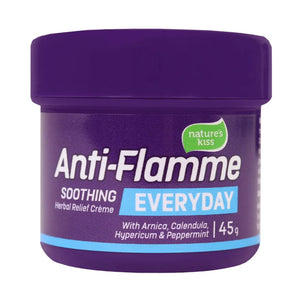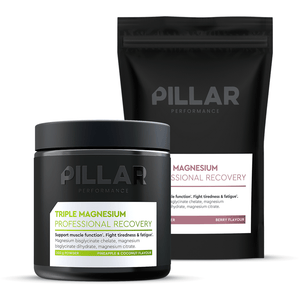It’s your choice - with our knowledge.

Product Insights
Discover more about the products in this article

Nature’s Kiss Herbal Massage
Featured Products
Swimming Without Strain: How to Recover Quickly from Shoulder and Joint Pain
Swimming is a fantastic, low-impact exercise that builds endurance and strength. However, like any sport, it can lead to soreness, especially in the shoulders and joints. Fortunately, there are effective ways to recover quickly and minimise the risk of long-term pain.
Understanding Shoulder and Joint Pain in Swimmers
Why Swimmers Experience Pain
Swimming relies heavily on shoulder rotation and repetitive arm movements, which can lead to overuse injuries. Common causes of pain include:
- Rotator Cuff Strain: These muscles stabilise the shoulder but can become sore with continuous swimming.
- Joint Compression: Constant movement of the arms can place stress on shoulder and elbow joints, leading to inflammation.
Recovery Techniques for Swimmers
1. Stretching and Mobility Exercises
Pre- and Post-Swimming Stretches
Incorporate stretches before and after your swim to reduce muscle stiffness and improve flexibility. Simple shoulder stretches and dynamic arm swings can increase blood flow to the muscles.
Shoulder Mobility Exercises
Use exercises like wall slides and resistance band stretches to build shoulder stability and enhance range of motion. These exercises help prevent stiffness and improve muscle coordination.
2. Strengthening Exercises for Shoulder Stability
Building a Strong Rotator Cuff
Targeting the rotator cuff with specific exercises can help prevent injury. Try exercises like shoulder presses, external rotations with resistance bands, and dumbbell lifts to build shoulder strength.
Core and Back Exercises
A strong core and back reduce strain on the shoulders by distributing workload evenly. Incorporate exercises such as planks and back extensions to support overall swimming posture.
3. Rest and Recovery Practices
Take Breaks and Rest Days
Listen to your body. Schedule rest days to let muscles recover, especially after intensive swim sessions. This helps avoid overuse injuries.
Cold Therapy
Applying ice packs or cold compresses to sore areas after swimming can reduce inflammation and relieve pain. Use ice therapy for 10-15 minutes as needed.
Effective Recovery Aids
Massage and Muscle Rubs
Consider using massage or muscle rubs like the Nature’s Kiss Massage Rub to ease tight muscles. Massage therapy can also improve blood flow and reduce tension in sore areas.
Compression Supports
Wearing a compression sleeve or wrap around the shoulder can offer added support and reduce muscle vibration, which can lead to soreness.
Anti-Inflammatory Supplements
If joint pain is a recurring issue, anti-inflammatory supplements such as PILLAR Triple Magnesium can help promote recovery. Always consult a healthcare professional before starting any new supplement regimen.
Tips for Preventing Shoulder and Joint Pain
Focus on Technique
Proper swimming technique reduces the risk of strain. Make sure your body position is streamlined, and avoid overreaching with each stroke.
Warm Up Gradually
Warming up gradually increases blood flow and muscle temperature, which prepares the body for swimming and reduces the chance of injury.
Increase Intensity Slowly
If you’re increasing the intensity or distance of your swims, do so gradually. Sudden changes can lead to overuse injuries, so progress slowly to give your body time to adapt.
Summary
Recovering from shoulder and joint pain doesn’t have to be difficult. By incorporating stretching, strength exercises, and proper recovery practices, you can alleviate pain and keep swimming comfortably. Prioritising good technique and listening to your body will help prevent injuries, allowing you to enjoy swimming without strain.
It’s your choice - with our knowledge.











